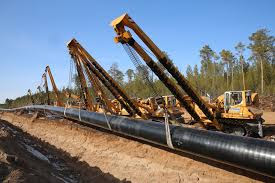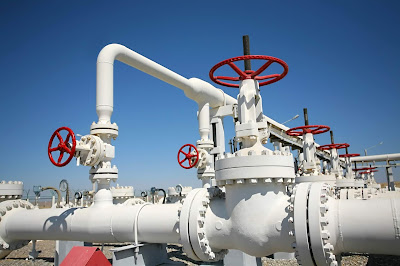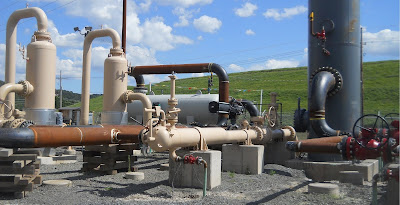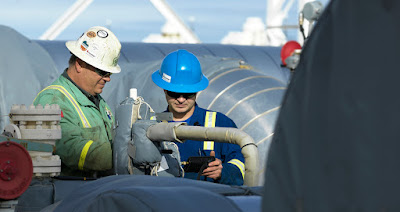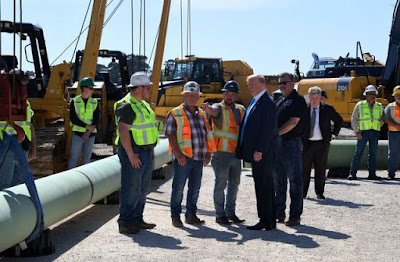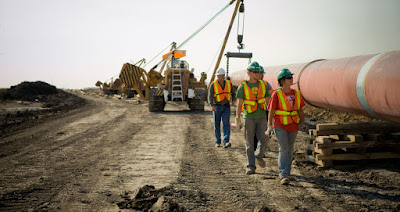Pipelines are meant to undergo installation in the underground
channels. They are preferable for the distribution of fluid or gas around the
locality or commercial sectors. The pipelines are usually categorized in
diameters depending upon the distribution medium. The diameter is an excellent
point of concern when the pipelines distribute water to different channels.
Considering the different types of pipelines, there are mainly
two categories, one for distributing gas and other for liquid. Both industrial and
household needs a proper liquid or gas distribution pipeline channel. Here, you
will get brief information on the different types of pipelines and their
functionality.
Different Types of Pipelines
Apart from the two main categories, there are subcategories as
well that derives the real efficacy of the various uses of pipelines. The
different subcategories of pipelines are:
1. Transmission Pipelines
This type of pipelines is usually 10 cm long and is most
preferable for distributing natural gas, crude oil, and Natural Gas
Pipeline Contractors Directory others. To add more to its benefits, the
transmission lines are essential for transferring petrol to distant places,
even to a different country. With the right kind of installation, any fluid or
gas can be distributed across countries using transmission lines.
2. Distribution
Pipelines
The distribution pipelines are available in different lengths,
starting from 1 cm- 15 cm long. It is widely preferable by households for
distributing gas to one residence and then to another without any barriers or
blockages. Distribution pipelines are also essential in some of the industries that deal with gas
distribution.
3. Feeder Pipelines
You can name the Feeder pipelines as regular pipelines as it
helps distribute natural gas, crude oil, and others. The feeder pipelines
undergo connection from the storage section to different places where the gas
distribution is enabled. The end-user or receiver's end can be either some kind
of industry or residential property.
4. Gathering Pipelines
The gathering pipelines comes with size variants from 10 cm-30
cm. It is applicable for distributing both liquid and gas. The gathering
pipelines hold the ability to distribute liquid or gas within the industry or
plant to help support the processing works.
Pipeline Operation
In the industry, different pipelines gather all the liquid and
gas that need to undergo distribution in a single hub. The process of transfer
of the gas or fluid commences and heads straight to the refineries. These
pipelines used for transferring can be channeled for distribution of liquid or gas to distant
industries or households.
Know about the
environmental issues
Along with the wide range of benefits, the installation errors
can still cause serious environmental crisis such as:
1. Without proper installation, pipe leakage can result in
severe soil contamination.
2. Pipe leakage can also lead to hampering the vegetation and
also results in water loss.
3. The construction period releases dust into the air hampering
the air quality.
4. Noise pollution is also a significant concern during the
construction of different pipelines.
The experts are taking prime concern in reducing the adverse
effects of improper pipeline construction and get Pipeline Report.
The pipelines are an essential part of continuous life flow.
